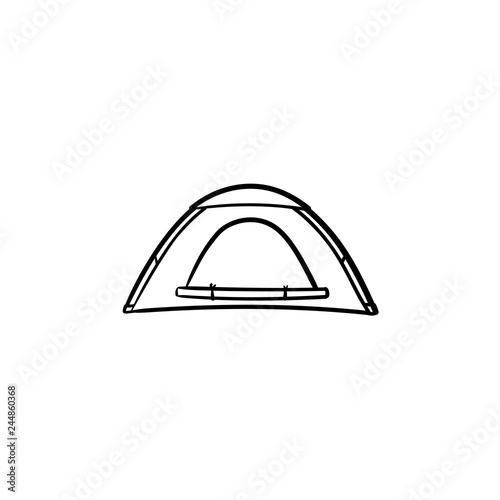Unique Tips On How To Sell Camping Tents And Operate A Venture
Unique Tips On How To Sell Camping Tents And Operate A Venture
Blog Article
Does Your Backpacking Camping Tent Need a Footprint?
A footprint is costly and includes additional weight to your knapsack. It additionally isn't specifically durable.
Is a bell tent waterproof?
Eventually, whether a camping tent impact is essential relies on where and just how usually you're camping. In general, it's an excellent concept to make use of one if you camp on unpleasant surface areas or in damp problems.
Outdoors Tents with Reduced Deniers and Water Resistant Scores
Camping tents with lower deniers and water resistant scores tend to be lighter, yet they can additionally be a lot more breakable. They might need more frequent repair work and have less interior space than harder versions. If you're an informal backpacker that suches as to travel quick and light, this might be fine; however, even more seasoned walkers recognize that compromising toughness can include huge consequences down the trail.
The denier and water-proof ranking of an outdoor tents's canopy, rainfly, and floor can aid you identify its livability. Search for higher-denier fabrics on the cover and rainfly, along with taped joints that assist prevent water from permeating via stitches. Some makers even use warmth and sealant during building and construction to develop a stronger seam; these are called bonded seams.
The livability of a tent can additionally be figured out by its floor dimensions and capacity. An outdoor tents's flooring ought to be slightly smaller sized than the footprint to prevent water from merging under the sanctuary.
Tents in Rough Surface
Lots of backpacking tents include an impact created specifically for their model, which aids guarantee a proper fit and shields the camping tent's base from moisture and sharp things. Various other producers market universal footprints that can be reduced or folded to match an outdoor tents's dimensions.
The sort of terrain you'll encounter is an additional essential consideration for picking a camping tent. As an example, if you'll be camping in a canyon or gully, try to find a shelter that can take care of solid winds. These conditions develop turbulence that can make the difference in between enjoying your camping site or experiencing discomfort.
The ability and top elevation of a camping tent give you an excellent idea of its livability, yet extra variables to think about include vestibules (the area of the rainfly covering the doors) and general storage room. For example, during our winter screening of the Marmot Tungsten, its generous 93-by-82-inch flooring quickly took care of four sweaty backpackers and their puffier shoulder period sleeping bags while still leaving enough space for equipment and individuals.
Outdoors Tents in Wet Issues
Even if your tent shows up dry, dampness lurks in the spaces and crannies. In time, it can break down the fabric. That's why it's so crucial to make use of rest days to deep-clean your tent and its parts, such as zipper cellular linings, stake loopholes and winnerwell woodlander flexible webbing bands.
Likewise, see to it to pitch your tent in a level area, not a divot or concave spot, to ensure that ground water does not gather in between the camping tent flooring and footprint or tarpaulin. And if you're utilizing an impact, consider a custom-cut one created for your tent's layout. It will not collect rain the means a generic ground cloth or tarp can.
Method setting up and taking down your outdoor tents at home prior to you hit the trail, to get a feel for just how rapidly and successfully you can do it. Also, technique scouting your outdoor tents in different surfaces to see just how easy it is (or isn't) to do in bad weather.
Tents in High-Rise Situations
Camping tents vary in floor dimension and livability. For example, a big outdoor tents with double doors and vestibules like Marmot's Tungsten can handle four backpackers without calling for gymnastics to enter and out or to save gear.
The minimal trail weight requirements is the best specification to compare designs, as it consists of the bare fundamentals: tent body, rainfly and poles. Yet keep in mind that the specification leaves out tent risks, individual lines and stuff sacks.
A lot of backpacking outdoors tents can hold up to a light summertime tornado, but some can be swept away by gale-force gusts. Search for a version with strong poles, an elevated bathtub-style floor and seam taping to minimize the opportunity of water seeping with. Costlier designs likewise tend to feature stronger products that can stand up to the impact of debris and other forces.
What are the 4 types of tents?
